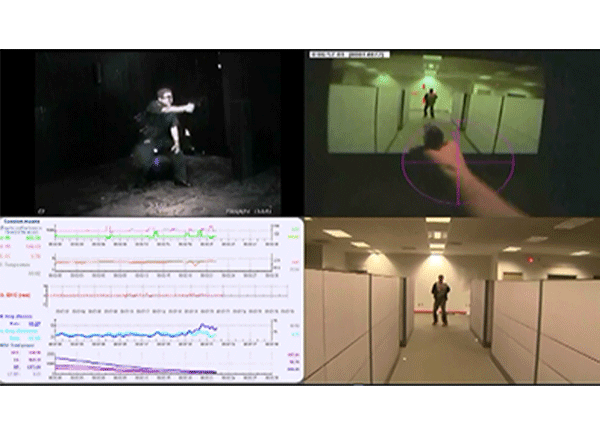Last night, the National Law Enforcement Museum held the ninth event in our
Witness to History series, sponsored by Target. For the second time, the Museum partnered with the International Spy Museum, our host for a great evening and fascinating program:
DarkMarket & the FBI Agent who Became Master Splyntr.
Craig Floyd, Chairman & CEO of the National Law Enforcement Officers Memorial Fund, kicked off the program by welcoming the nearly 150 guests in attendance, and thanking the event’s sponsor, Target, and host, Peter Earnest, Executive Director of the Spy Museum. He then introduced the panel moderator, Shawn Henry, former Assistant Director of the FBI and current President of CrowdStrike Services; and panelists, J. Keith Mularski, FBI Supervisory Special Agent; and Kevin Poulsen, Investigations Editor of
WIRED Magazine.
An expert on the topic of cyber crime, Shawn Henry reminded the audience that everything we do is being transmitted and stored digitally—hence why it is an incredibly important issue. He explained that, cyber crime is a lot like organized crime groups from the past. “Just like in dark alleys in your cities, but instead they’re virtual,” he said.
One of those virtual dark alleys was called DarkMarket, an international one-stop shop for selling stolen personal credit and identity information online. It became a hub for underground criminal enterprise, with over 2,500 registered members at its peak. Both panelists brought unique perspectives to the DarkMarket case and the topic of cyber crime—Keith Mularski from the view of an undercover agent who ran the site, remaining mostly undetected for two years (2006-2008), and Kevin Poulsen from the view of a reporter (and former hacker) uncovering emerging technologies and their effects on society.
Agent Mularski and other agents involved with DarkMarket had to work with law enforcement in several countries, including Germany, the United Kingdom, and Turkey. The successful case ended with more than 60 worldwide arrests and the prevention of some $70 million in financial loss.
Best advice for protecting yourself from cyber attacks? I.T. professionals need to stay ahead and make sure all networks are protected with the most up-to-date firewalls.
Thank you to all who were able to join us! Stay tuned for our next
Witness to History event.


